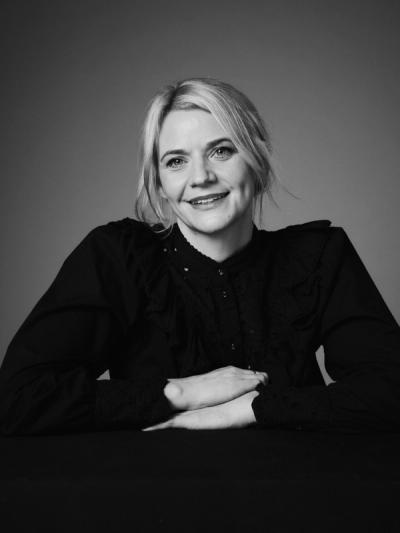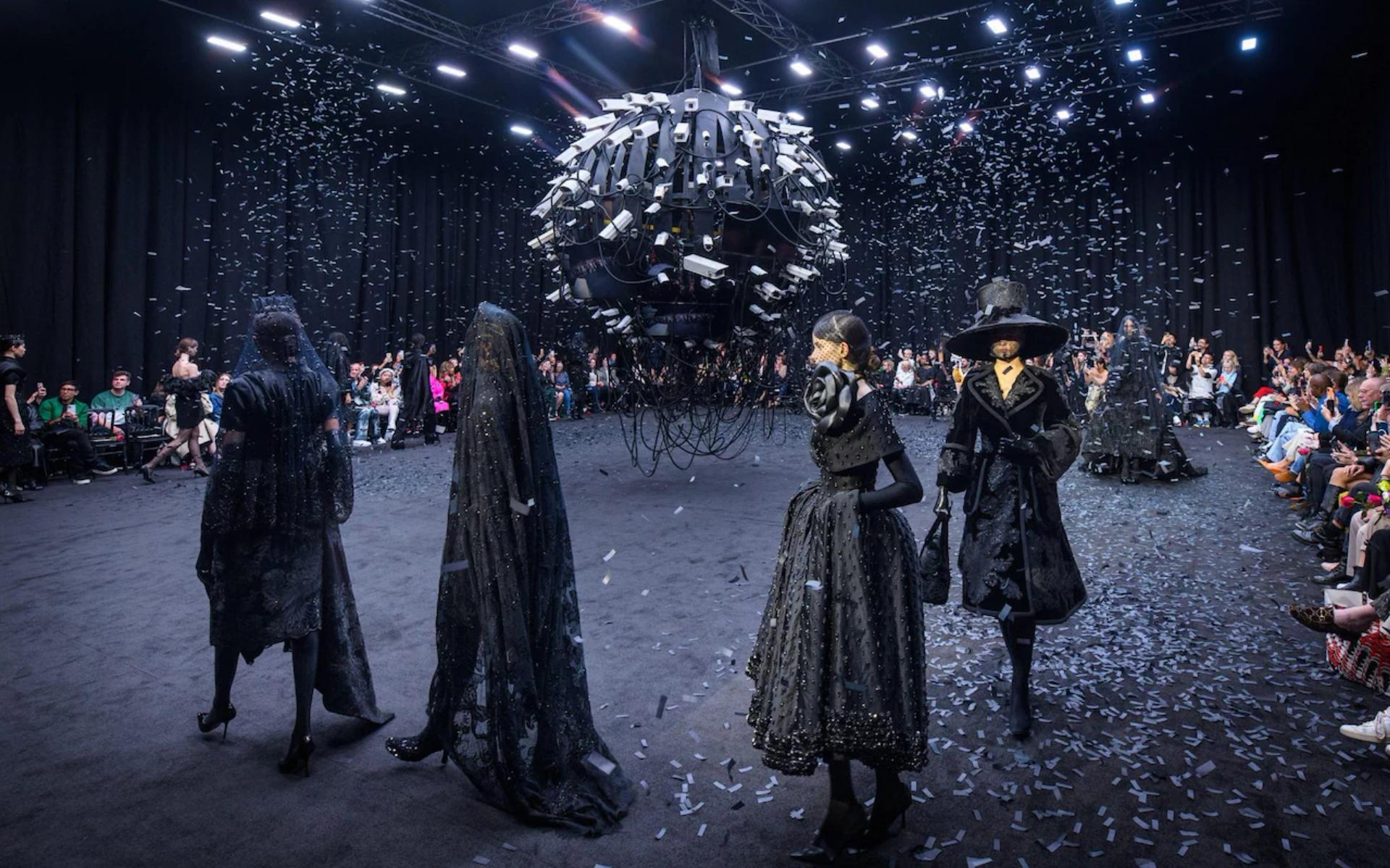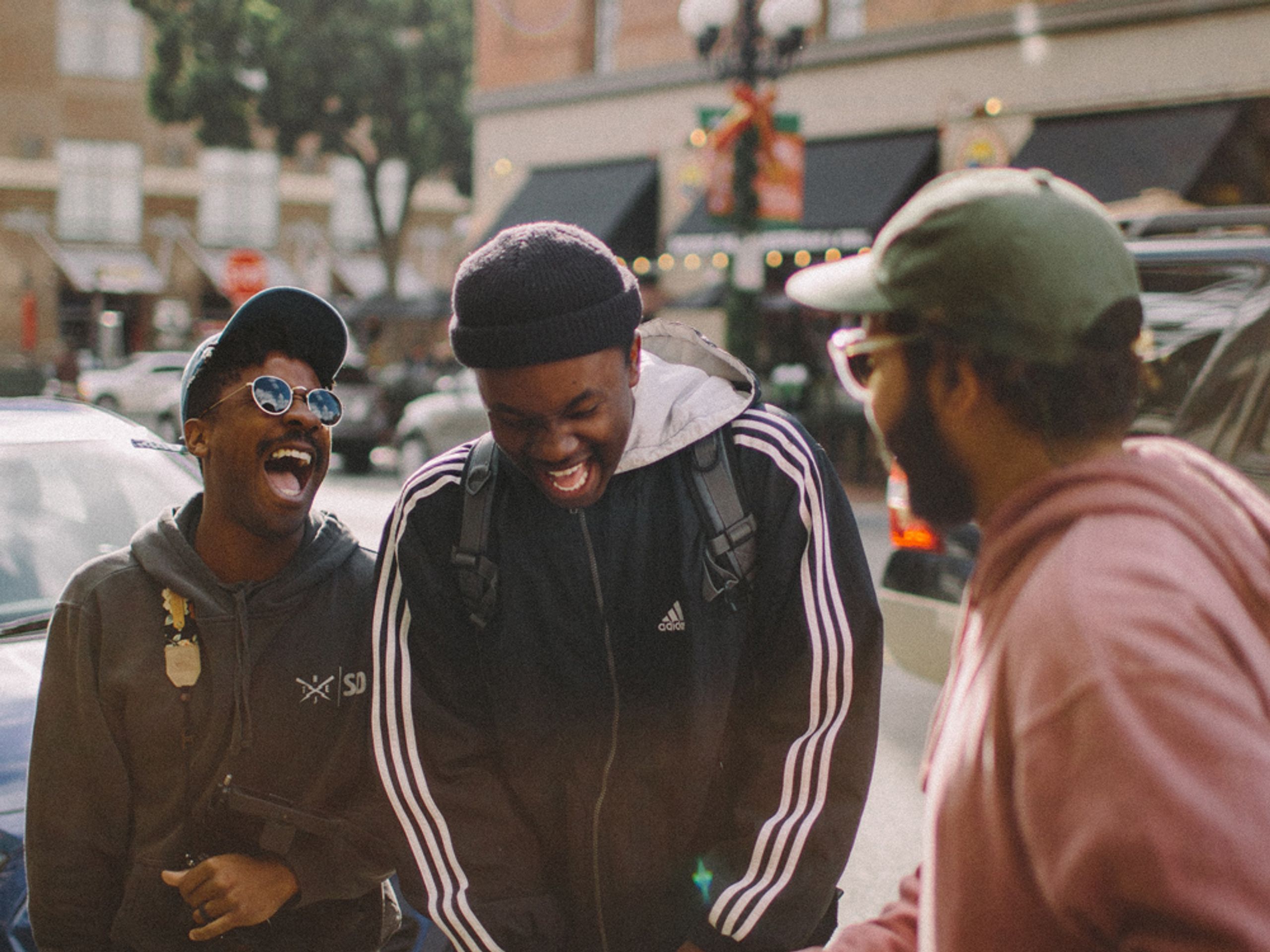Digitalisation and innovation on and off the runway
As the always hotly anticipated ‘Fashion Month’ drew to a close, those in the industry breathed a sigh of relief. This year has been a great success.
Digitisation and innovation in the fashion industry, both on and off the runway, has never been more prevalent. And to demonstrate this, London Fashion Week kicked off with the announcement of David Pemsel - owner and CEO of Web3 studio, ScienceMagic.Studios - as British Fashion Council’s new chair.
It was exciting to see how the creative use of technology to deliver compelling, imagination capturing shows played out extensively on the runway. From NFTs - which proved to be the accessory of choice across almost every event in the calendar from the likes of Vivienne Tam and Kim Shui - to virtual avatars and augmented reality.
Interweaving technology to make clothing more profound
But it didn’t end there. Technology even infamously transcended digitisation and wove itself into fabric - making clothing potentially even more profound. For Coperni’s closing look, Bella Hadid was sprayed with Fabrican's sprayable liquid fibre, creating a body-forming dress, during Paris Fashion Week. According to WWD, in the 48 hours after the show, the media impact value of the event was measured at £23m. Around £18.6m of that total was attributed to social media - as masses flocked to view the viral moment.
Web 3.0 delivers accessibility and democratisation
And fittingly, accessibility was the order of the month. For example, Balmain created a Web3 hub, which allowed open access to exclusive products and experiences. It aimed to democratise fashion, with an additional concert live-streamed on Balmain.com. And, just the very fact that many shows have been ‘streamable’ for the last decade shows that the industry is shedding its historic exclusivity barriers.
The idea plays into what we loved about this Fashion Month - a return to simply showcasing the creative and uniting those who love this industry. It wasn’t necessary to be digitally savvy to appreciate S/S 2023. For example, Acne Studios' pink silk backdrop and shell-covered candelabras were far from ‘phygital’, yet its spin on the classic, kitschy wedding - an event we have all helped to organise or partaken in - was very worthy of celebrating.
A fitting homage to a much loved Monarch
However, Fashion Month wasn’t without an element of drama. After all, over the past couple of years the Fashion Seasons, months and week, have seen designers dealing with supply chain blockages, a pandemic and - quite rightly, increased action around the climate crisis. And it would be remiss not to mention the threat of an uncertain economic backdrop.
This Fall/Winter Season sadly saw the passing of Queen Elizabeth II. Due to a national mourning period, designers in London faced an unprecedented challenge. However they addressed it with creativity and the ability to swiftly adapt. As always, with true resilience the industry just ‘kept calm, and carried on’.
One of the best examples was from Richard Quinn. He recreated and designed a range of black, bespoke pieces whilst historic footage of the ultimate British fashion icon - the Queen herself - surrounded the runway. It was a fitting homage to a much loved monarch.
Fashion: an ever-evolving culture
It’s times like these which create memorable moments in fashion history, and increasingly each Fashion Week is becoming the place where a mirror can be held up to the evolving world around us. As Quinn himself said: “Fashion is always a comment on what’s going on.”
Whether digital or on the side of ‘traditional’, this year’s Fashion Month showcased its ability to bend and flex to an evolving culture. But most importantly and at their heart, these are enjoyable shows, showcasing the work of some of the world’s most talented designers.



